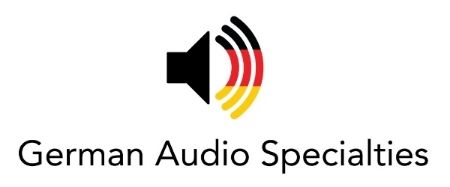ive recently realised that my driveshaft needs a rebuild. in my research, i see very little if any mention of driveshaft alignment angles on bmw forums. everyone is worried about cv-joints, balancing, guibos and CSB, which is important, but if your driveshaft is not aligned, all that is pointless.
im talking about the angles of your tranny output flange vs your diff input flange as well as the angle of the two driveshaft halves. our driveshafts dont have constant velocity joints, they have two u-joints. this means that any angle at the u-joint and you get irregular rotation afterwards. the only way to cancel out this form of vibration is by having an opposite angle at the second u-joint. this will restore the smooth rotation.
however, if my interpretation of the factory service manual is correct, our driveline layout is done in such a way as to keep the entire driveshaft straight from engine to diff. this of course is ideal since no irregular motion is created anywhere except if the driveline deflects temporarily. these little details is what make a bmw a bmw.
i would also like to highlight that the driveshaft needs to be aligned in two planes, vertical and horizontal. for left to right alignment, you can play with the engine/tranny alignment on the mounts which have some slack. i didnt quite understand the factory manuals measurement method with a special tool, but anyone with a bit of intuition can figure out a proper way to align the engine with the rest of the driveline.
since there isnt much else to adjust in the left to right plane, you can now move onto the up/down alignment. the best is to use a digital level and place it on different reference points. i would try the front of the engine on the face where the water pump mounts, the tranny output flange and the diff input flange. try to get the same angle for all of these. according to the manual, shims can be used to adjust the angles.
the alignment would be over if we had 1 piece driveshafts, but since we arent so lucky (or unlucky), you need to also align the two half shafts. this is easy, simply apply the level on a smooth even parts of the driveshafts and ensure they are parallel with each other. washers on the CSB bearing can correct any misalignment. however, im not sure what your options are if you have to move the CSB upwards...
anyway, this wasnt a very good guide at all, since i havent performed the operation myself yet. it was just a warning and general procedure to make you think twice before simply re-installing a driveshaft. remember, the driveshaft angle needs to be checked if any of the following components are removed or replaced:
- engine
- tranny
- engine/tranny mounts
- anything driveshaft related
- rear subframe bushings (i dont think anyone ever checks this, and im pretty sure poly bushings make the subframe sit slightly different)
- diff
- diff bushing
maybe some guys can chime in with some better advice, liam?
im talking about the angles of your tranny output flange vs your diff input flange as well as the angle of the two driveshaft halves. our driveshafts dont have constant velocity joints, they have two u-joints. this means that any angle at the u-joint and you get irregular rotation afterwards. the only way to cancel out this form of vibration is by having an opposite angle at the second u-joint. this will restore the smooth rotation.
however, if my interpretation of the factory service manual is correct, our driveline layout is done in such a way as to keep the entire driveshaft straight from engine to diff. this of course is ideal since no irregular motion is created anywhere except if the driveline deflects temporarily. these little details is what make a bmw a bmw.
i would also like to highlight that the driveshaft needs to be aligned in two planes, vertical and horizontal. for left to right alignment, you can play with the engine/tranny alignment on the mounts which have some slack. i didnt quite understand the factory manuals measurement method with a special tool, but anyone with a bit of intuition can figure out a proper way to align the engine with the rest of the driveline.
since there isnt much else to adjust in the left to right plane, you can now move onto the up/down alignment. the best is to use a digital level and place it on different reference points. i would try the front of the engine on the face where the water pump mounts, the tranny output flange and the diff input flange. try to get the same angle for all of these. according to the manual, shims can be used to adjust the angles.
the alignment would be over if we had 1 piece driveshafts, but since we arent so lucky (or unlucky), you need to also align the two half shafts. this is easy, simply apply the level on a smooth even parts of the driveshafts and ensure they are parallel with each other. washers on the CSB bearing can correct any misalignment. however, im not sure what your options are if you have to move the CSB upwards...
anyway, this wasnt a very good guide at all, since i havent performed the operation myself yet. it was just a warning and general procedure to make you think twice before simply re-installing a driveshaft. remember, the driveshaft angle needs to be checked if any of the following components are removed or replaced:
- engine
- tranny
- engine/tranny mounts
- anything driveshaft related
- rear subframe bushings (i dont think anyone ever checks this, and im pretty sure poly bushings make the subframe sit slightly different)
- diff
- diff bushing
maybe some guys can chime in with some better advice, liam?




Comment